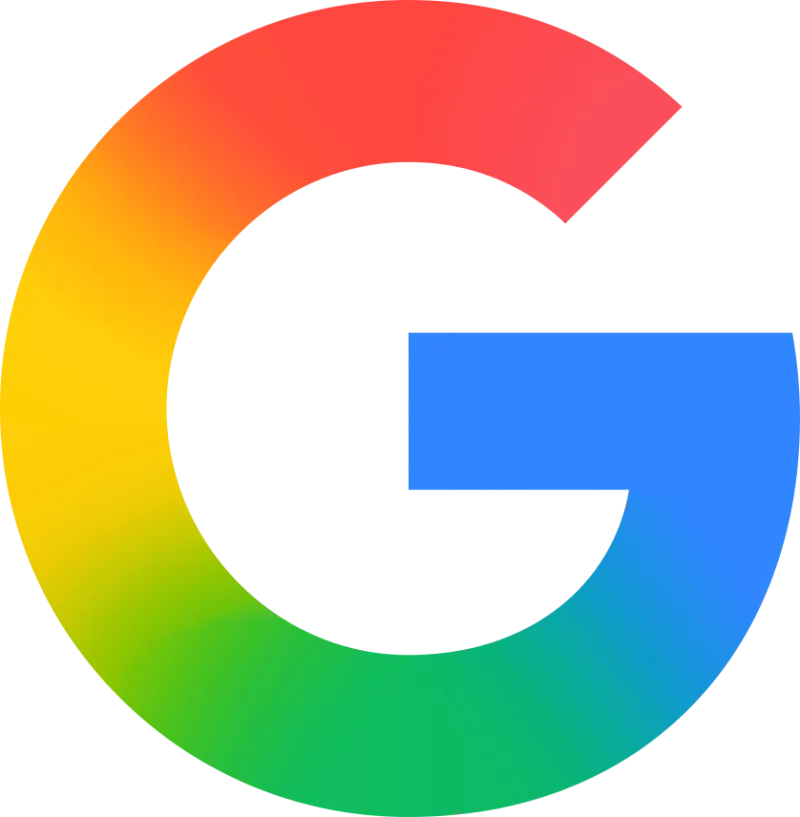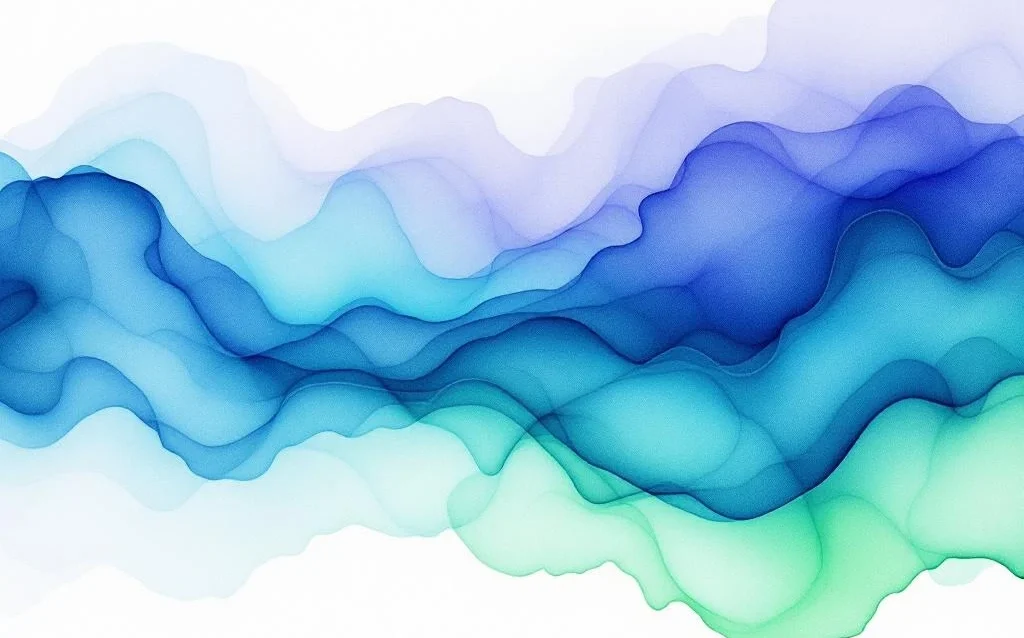Crawling and indexing are two fundamental but distinct processes that search engines use to discover and organise web content. Crawling is when search engine bots visit and scan websites to discover pages, whilst indexing is the process of storing and organising that discovered content in searchable databases. Think of crawling as a librarian walking through the library to find books, and indexing as cataloguing those books so people can find them later. Understanding these differences helps you optimise your website for better search visibility.
Understanding the basics of search engine discovery
Search engines need a systematic way to find and understand the billions of pages on the internet. This discovery process involves two main stages that work together like a well-oiled machine. First, search engines must find your content through crawling, then they need to understand and store it through indexing.
The journey begins when search engine bots, also called spiders or crawlers, start exploring the web. These automated programmes follow links from page to page, much like you might click through Wikipedia articles. They’re constantly searching for new content, updated pages, and changes to existing websites.
Once these bots discover content, the information needs somewhere to go. That’s where indexing comes in, creating a massive, organised library of web content. Without both processes working together, search engines couldn’t deliver relevant results when you type in a query. It’s worth noting that whilst these processes are related, they’re not the same thing, and understanding their differences can help you troubleshoot SEO issues more effectively.
What exactly is website crawling?
Website crawling is the discovery phase where search engine bots systematically browse the internet to find new and updated content. These bots start with a list of known URLs and follow every link they find, creating an ever-expanding web of discovered pages. They read HTML code, follow internal and external links, and gather information about each page they visit.
During the crawling process, bots analyse various elements of your website. They look at your site structure, read your content, check your images, and even examine your site’s loading speed. The frequency of crawling depends on several factors, including how often you update your content, your site’s authority, and the crawl budget allocated to your domain.
Search engines use sophisticated algorithms to determine crawl optimization priorities. Popular sites with frequently updated content might get crawled several times a day, whilst smaller sites might only see bot visits every few weeks. You can influence crawling behaviour through your robots.txt file, XML sitemaps, and internal linking structure. Understanding web crawling patterns helps you ensure search engines can efficiently discover all your important pages.
What does indexing a website mean?
Indexing is the process where search engines analyse, understand, and store the information gathered during crawling in their massive databases. When a page gets indexed, it becomes eligible to appear in search results. Think of it as adding a book to a library’s catalogue system, complete with categories, keywords, and a summary of its contents.
During indexing, search engines process the raw data collected by crawlers. They analyse your content’s meaning, identify keywords, understand the context, and determine the page’s relevance to different search queries. This involves complex algorithms that consider hundreds of ranking factors, from content quality to user experience signals.
Not every crawled page makes it into the index. Search engines evaluate whether content is unique, valuable, and worth showing to users. They might skip indexing duplicate content, thin pages with little value, or pages that violate quality guidelines. If you’re wondering how to audit a blog article for better indexing potential, focus on creating comprehensive, original content that serves user needs.
How do crawling and indexing work together?
Crawling and indexing work in a sequential relationship where one process must complete before the other can begin. First, crawlers discover your page and gather its content. Then, this information gets processed and potentially added to the search engine’s index. Without successful crawling, indexing cannot occur, and without indexing, your pages won’t appear in search results.
The timeline between crawling and indexing varies significantly. Sometimes, pages get indexed within hours of being crawled, whilst other times it might take days or weeks. This depends on factors like your site’s authority, the uniqueness of your content, and current search engine processing capacity.
You can monitor both processes using tools like Google Search Console, which shows when pages were last crawled and whether they’re indexed. This visibility helps you identify potential issues in the crawl-to-index pipeline. For instance, if pages are being crawled but not indexed, it might indicate content quality issues or technical problems preventing proper indexing.
Why do some pages get crawled but not indexed?
Pages can be crawled but not indexed for various reasons, and understanding these helps you diagnose SEO issues. Quality concerns top the list, as search engines won’t index content they deem low-quality, duplicate, or not useful to searchers. Technical issues like improper canonical tags, noindex directives, or server errors can also prevent indexing despite successful crawling.
Common culprits include:
- Duplicate or near-duplicate content that adds no unique value
- Thin content with insufficient information to be useful
- Technical directives like noindex tags or robots.txt blocks
- Poor page quality signals or user experience issues
- Orphaned pages with no internal links pointing to them
Sometimes, the issue isn’t with your content but with how search engines perceive it. As we explore whether AI will replace SEO experts, it’s clear that human insight remains crucial for understanding why certain pages face indexing challenges. Professional SEO analysis can uncover subtle issues that automated tools might miss, from content cannibalisation to international targeting problems.
Key takeaways for optimizing crawling and indexing
Optimising both crawling and indexing requires a holistic approach to technical SEO and content quality. Start by ensuring search engines can easily discover your content through clear site architecture, comprehensive XML sitemaps, and strategic internal linking. Remove any crawl barriers like broken links, redirect chains, or accidentally blocked resources.
For better indexing outcomes, focus on creating unique, valuable content that serves specific user needs. Avoid duplicate content issues by using canonical tags properly and ensuring each page has a distinct purpose. Monitor your site’s performance in Google Search Console to catch indexing issues early and track improvements over time.
Technical considerations include:
- Optimise page loading speed to maximise crawl efficiency
- Use structured data to help search engines understand your content
- Maintain a clean URL structure without unnecessary parameters
- Regularly update your XML sitemap with new and modified pages
- Fix crawl errors and broken links promptly
Remember that whilst AI can assist in link building and other SEO tasks, understanding the fundamentals of crawling and indexing remains essential. By mastering these basics, you’ll be better equipped to diagnose issues, implement fixes, and ensure your content reaches its intended audience through search results. Learn more about us and how modern SEO tools can help automate monitoring whilst you focus on creating great content.






